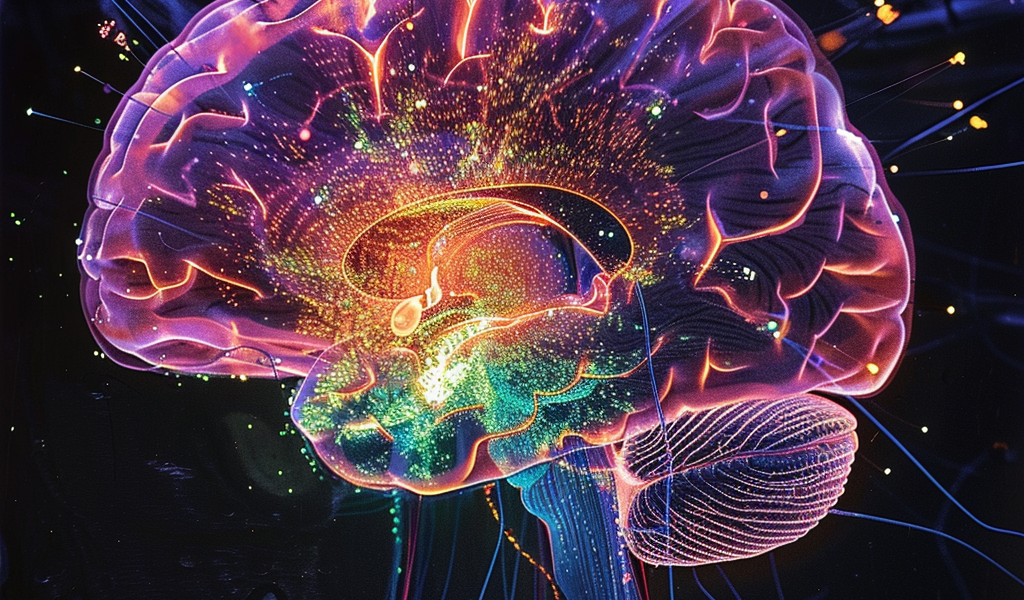The brain is a complex organ that modulates visual signals based on internal states, as revealed in a recent study by neuroscientist Laura Busse from LMU. The study delves into how our perception is influenced by arousal levels, shedding light on the intricate processes that govern our visual experiences.
Contrary to the common belief that what we see is merely a neural representation of light patterns in our eyes, the study suggests that our interpretation of visual stimuli is heavily influenced by factors such as needs, expectations, and arousal levels. These elements are shaped by past experiences and inner states like behavioral activity and attentiveness, collectively referred to as ‘arousal’.
Published in the journal PLoS Biology, the research conducted by teams from LMU, the University of Freiburg, and the Bernstein Center for Computational Neuroscience focused on analyzing neural activity in the visual thalamus. Specifically, they explored the thalamic dorsal lateral geniculate nucleus (dLGN), which serves as a crucial hub for processing visual signals from the retina to the visual cortex.
Professor Laura Busse, the lead researcher of the study, highlighted the distinct firing modes observed in the dLGN that are linked to arousal states. Burst firing, associated with low arousal and inactivity, and tonic firing, observed during states of vigilance, play a pivotal role in modulating the flow of information within the brain.
The study aimed to experimentally test the hypothesis that thalamic nuclei utilize burst and tonic firing modes to dynamically regulate information processing based on the animal’s arousal level. By directly comparing thalamic activity with arousal levels, the researchers found a correlation between pupil diameter and arousal, indicating a tangible link between physiological responses and cognitive processing.
This groundbreaking research unveils the intricate neural mechanisms that underlie the impact of arousal on visual information processing. The findings provide valuable insights into how our internal states shape our perception of the world around us, emphasizing the dynamic interplay between brain activity and sensory experiences.





